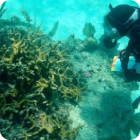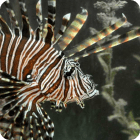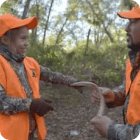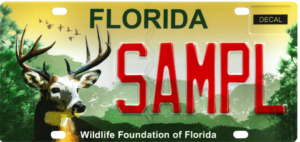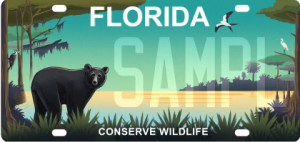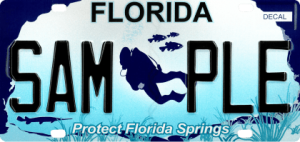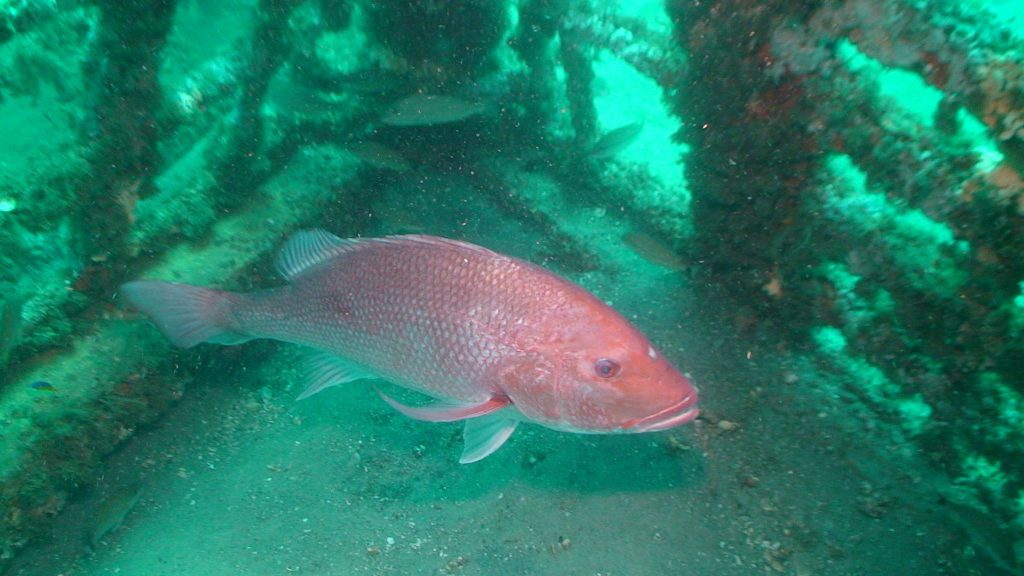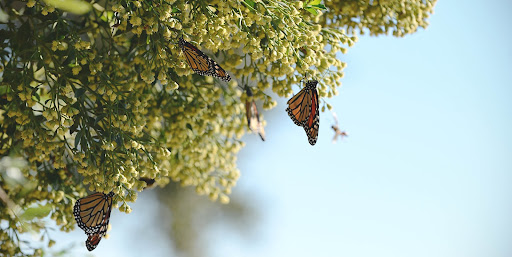
We all know how important pollinator species are to our ecosystems. Most pollinators, such as butterflies, bees, and beetles, are considered keystone species. This means they indicate the health of an ecosystem and without them, hundreds of species would die. Despite their size, they are invaluable.
Until recently, research on the effects of prescribed burns on pollinator networks in Florida was lacking. That’s why our Foundation awarded a $30,860 grant in March 2019, courtesy of our Conserve Wildlife license plate, to FWC to fill in the data gaps.
In conjunction with University of Florida researchers, FWC collected, sorted, pinned, and identified pollinators in nine fire-managed sandhill preserves for a total of 8,320 insect specimens. Aerial surveys of the landscapes were taken using LiDAR and the GatorEye Unmanned Flying Laboratory. Months of data was compiled, taking into account seasonality, to evaluate the relationship between the state of prescribed fire management, vegetation structure, and pollinator networks.
Cyclical fires are a natural phenomenon in areas of Florida and many species are dependent on them. Florida’s climate naturally promotes fires during the dry season, as well as lighting-induced fires, every three to seven years. In the 1930s, natural fires were suppressed to protect trees for the lumber industry, thus making prescribed burns necessary.
Prescribed fire is a useful tool for maintaining Florida’s wildlife. The tactic reduces the chance of uncontrollable wildfires and recycles nutrients back into the soil for healthier vegetation growth. Prescribed burns are planned months in advance. Wildfires indiscriminately burn anything they come in contact with. With prescribed burns, wildlife officials are able to avoid vulnerable species during breeding seasons, for example, in addition to people’s homes.
In the case of plant pollinators, prescribed fires play an important role. According to the findings of this study, the diversity and abundance of pollinators varied greatly depending on the vegetation coverage. The types of vegetation, including how dense their coverage, differed based on how recently a prescribed burn occurred. For example, areas with thicker canopy coverage, which could indicate that a longer period of time had elapsed since the last prescribed burn, may result in less abundant and diverse native flowers. This study helped elaborate the research on which specific pollinator species, native flowers, and other vegetation occur in their respective preserves.
To encourage the growth of pollinator populations, this data can help direct the use of prescribed burns, as well as canopy thinning if necessary. In light of climate change, the variety and frequency of vegetation in these sites are likely to change. This data provides an important baseline for future research to help mitigate any impending changes protecting our land and wildlife.
Research is the bedrock of protecting our environment. Without accurate and fine-tuned information like this, the logistics of implementing protection and management programs for vulnerable, fire-dependent species, such as the Florida grasshopper sparrow, are rendered paralyzed. Consider a donation to our Conserve Wildlife fund or purchase a Conserve Wildlife license plate to support research like this and protect Florida’s incredible wildlife for future generations.

